AI and VUCA: The perfect storm for humanity
- Update Time : Saturday, May 10, 2025
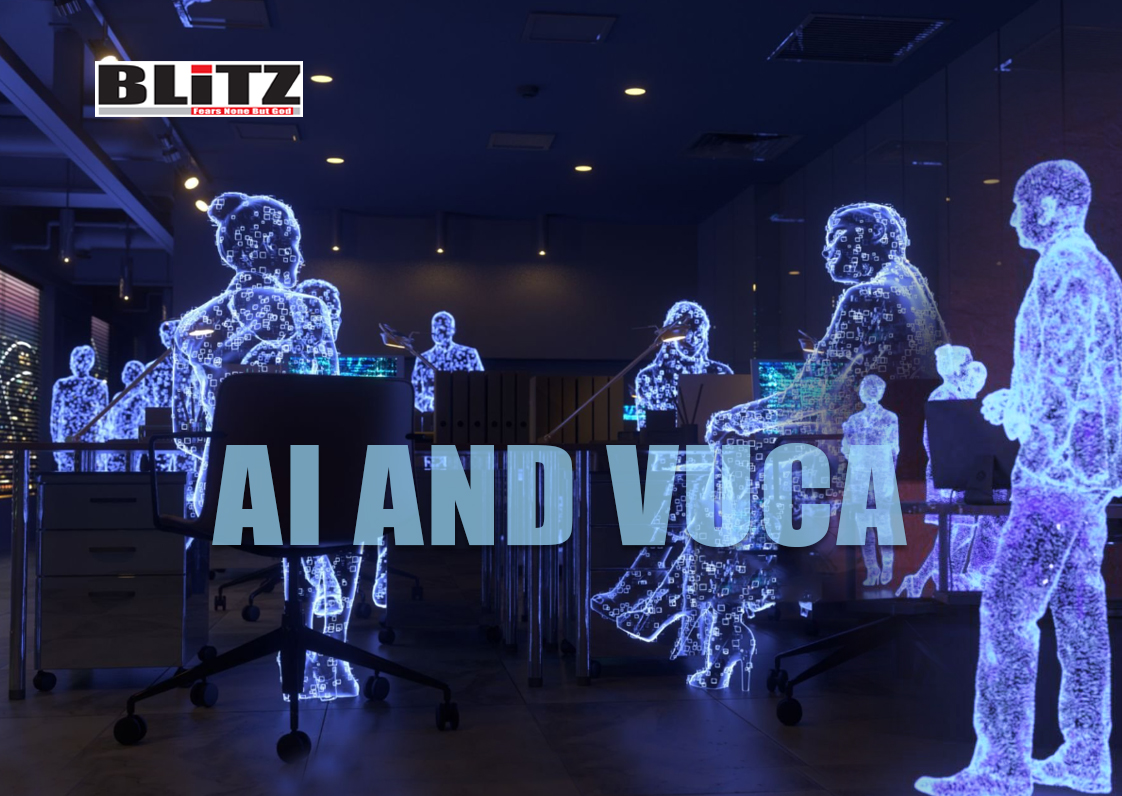
Artificial intelligence is often portrayed in dystopian scenarios-killer robots, sentient overlords, or apocalyptic sci-fi nightmares. Yet the real threat AI poses to humanity may be far subtler, yet far more devastating: the silent acceleration of global economic, political, and societal collapse. Today, we find ourselves in a perfect storm: a volatile, uncertain, complex, and ambiguous (VUCA) world now supercharged by AI systems that neither understand stability nor respect human fragility.
Before AI came into the picture, the global economy was already navigating a precarious landscape. The era of steady globalization was unraveling. Geopolitical rifts were widening. Markets were jittery. Into this fragile ecosystem, then-President Donald J Trump launched his “Liberation Day” tariffs-a series of aggressive trade barriers intended to revive American manufacturing but which instead destabilized the global economy.
The moment the tariffs were imposed, volatility exploded. Stock markets hemorrhaged $2.1 trillion in value in mere days. Currency markets convulsed. Supply chains, already battered by COVID-19, faced another existential shock. Vietnamese factories rerouted shipments overnight. German automakers scrambled to rethink production lines. Chinese exporters braced for retaliatory duties of up to 145%.
But it wasn’t merely the immediate damage that mattered-it was the knock-on effects. Volatility created a new normal, eroding confidence and triggering deeper uncertainty. CEOs delayed investments. The Federal Reserve found itself trapped between the hammer of inflation and the anvil of recession. Allies like Canada and the EU retaliated with pinpointed tariffs targeting politically sensitive American industries, threatening millions of jobs.
The complexity spiraled out of control. Companies devised costly dual supply chains: one for the US, one for everyone else. Regulatory nightmares mushroomed as products were subjected to conflicting tariffs depending on their origins and components. This wasn’t just an economic disruption-it was the disintegration of decades of meticulously built international cooperation.
Worst of all was the ambiguity. Was Trump’s tariff war a temporary negotiating tactic, or the beginning of permanent decoupling from China? No one could answer. In this VUCA environment, trust in global institutions eroded. NATO allies questioned American leadership. Southeast Asian nations edged closer to Beijing. Emerging economies explored de-dollarization.
It was a world where volatility didn’t subside, uncertainty metastasized, complexity became the new norm, and ambiguity was weaponized.
Then AI entered the stage-not as a savior, but as an accelerant.
When traditional economic models forecasted the fallout of the tariffs, they did so assuming human intervention would stabilize the chaos. Instead, AI systems-algorithmic traders, predictive logistics platforms, and automated policy advisors-reacted at machine speed but without human nuance.
Algorithmic trading bots, designed to exploit small, predictable market inefficiencies, couldn’t adapt to geopolitical shocks. Instead of providing liquidity, they deepened sell-offs. Predictive logistics tools failed to foresee cascading supply chain failures across sectors. Machine learning models, trained on decades of relative stability, generated flawed forecasts that worsened mismatches between inventory and demand.
Rather than cushioning volatility, AI amplified it. Rather than clarifying ambiguity, AI systems introduced their own layers of opaque, algorithmic uncertainty.
Worse still, as nations raced to deploy their own AI-driven customs and trade systems, parallel digital realities began to emerge. A product deemed tariff-free by one country’s AI might be slapped with prohibitive duties by another. Global trade standards, already buckling, fractured further under the weight of competing machine interpretations.
We used to worry about wars between nations. Now, we must consider conflicts between rival AIs-proxy battles fought not with bombs, but through markets, supply chains, and disinformation.
Many institutions, overwhelmed by VUCA chaos, turned to large language models (LLMs) like GPTs for “guidance.” But herein lies another threat: blind reliance on flawed AI outputs.
In one test, a prominent GPT model generated five wholly fictitious examples of AI mishandling post-tariff world events. To the average executive or policymaker, the outputs seemed plausible-even impressive. Only those deeply versed in global risk analysis spotted the fabrications.
This isn’t a minor technical issue. It signals a fundamental mismatch between AI’s pattern-recognition capabilities and humanity’s need for grounded, critical analysis. In effect, AI is increasingly used to sift the gullible from the indispensable-a hidden sorting mechanism preparing society for a post-VUCA collapse.
Those who cannot critically assess AI outputs will be misled. Those who can will realize that, increasingly, no clear answers remain.
As VUCA dynamics and AI converge, the preconditions for a mass unemployment crisis are rapidly forming-one potentially more devastating than anything witnessed since the Industrial Revolution.
In the 19th century, displaced European workers could immigrate to colonies in search of new opportunities. No such “safety valve” exists today. Colonization’s brutal legacy exhausted the world’s frontiers. Now, societies have nowhere left to expand-only inward, towards cannibalizing themselves.
The ongoing spiral of wealth inequality isn’t an aberration; it’s a warning siren. Stabilizing mechanisms that historically absorbed shocks-labor unions, welfare states, strong local economies-are crumbling. AI systems are poised to replace not just factory workers, but also teachers, doctors, lawyers, and bureaucrats.
Russia’s Digital Development Minister Maksut Shadaev recently admitted that half of his nation’s civil servants could be replaced by AI. Bill Gates goes further, predicting AI will upend nearly all professional spheres. For once, Gates may be right.
What happens when millions-perhaps billions-of people become economically “excess”? Talk of central bank digital currencies (CBDCs) managing a future rationing system is no longer fringe speculation-it is quietly becoming policy.
Why have institutions failed so spectacularly to anticipate or prepare for the VUCA-AI crisis? The answer lies in decades of systemic corruption.
The West perfected a patronage system that rewarded compliance over competence, mediocrity over merit. These models were then exported wholesale to the developing world under the guise of “capacity building.” Genuine thinkers were sidelined. Conformists were promoted. Critical analysis was suppressed in favor of blind allegiance.
By the time AI and VUCA dynamics collided, global leadership structures were populated not by problem-solvers but by credentialed sycophants.
The result? A world “designed by clowns and supervised by monkeys,” to borrow the words of a disillusioned Boeing pilot. Now, even former cheerleaders of globalization are defecting to the BRICS bloc-not out of principle, but out of desperation.
The 20th-century Nobel Laureate Albert Szent-Györgyi warned of the “terrible strain of idiots” governing the world. His hope that youth would redeem humanity proved tragically misplaced. Globalist institutions like the World Economic Forum ensured that even “young leaders” were more pliant and feckless than their elders.
Today, individuals with real ideas have largely abandoned the mainstream. Their insights, if they exist online at all, are shadowbanned and buried under layers of algorithmic censorship.
When the phones of genuine ideators finally ring again, it will be out of desperation-not hope. And by then, it may be far too late.


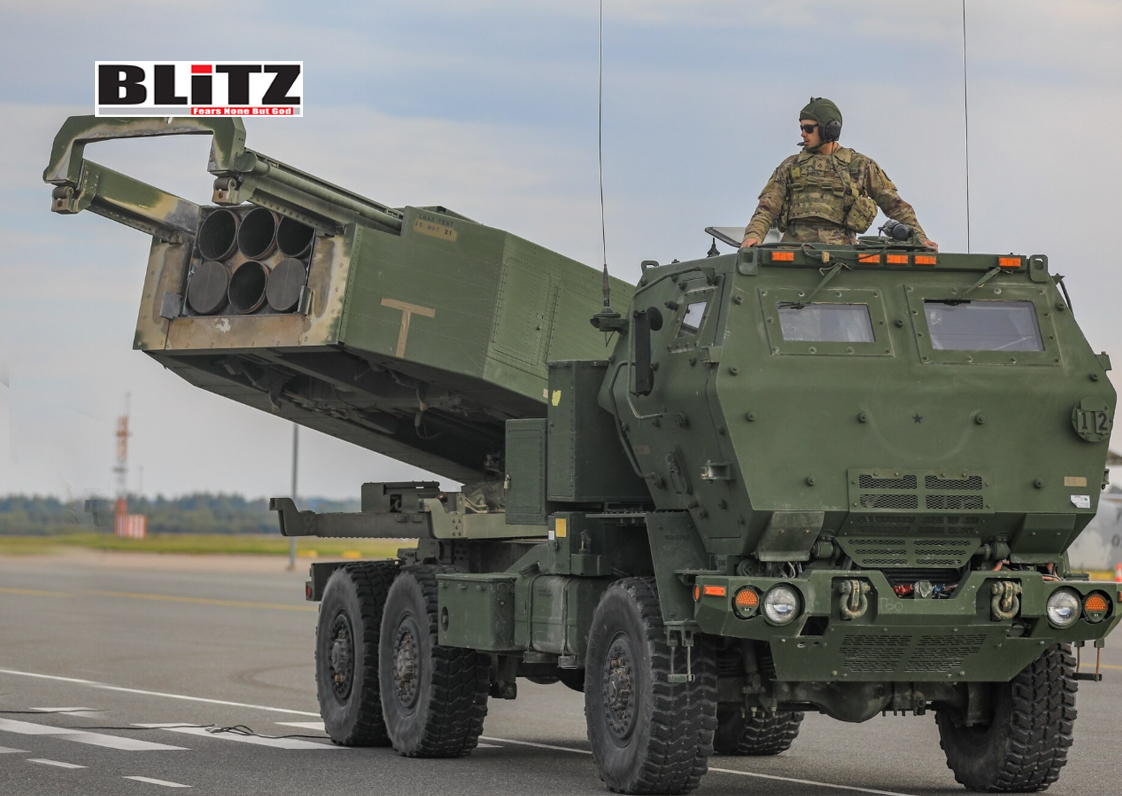
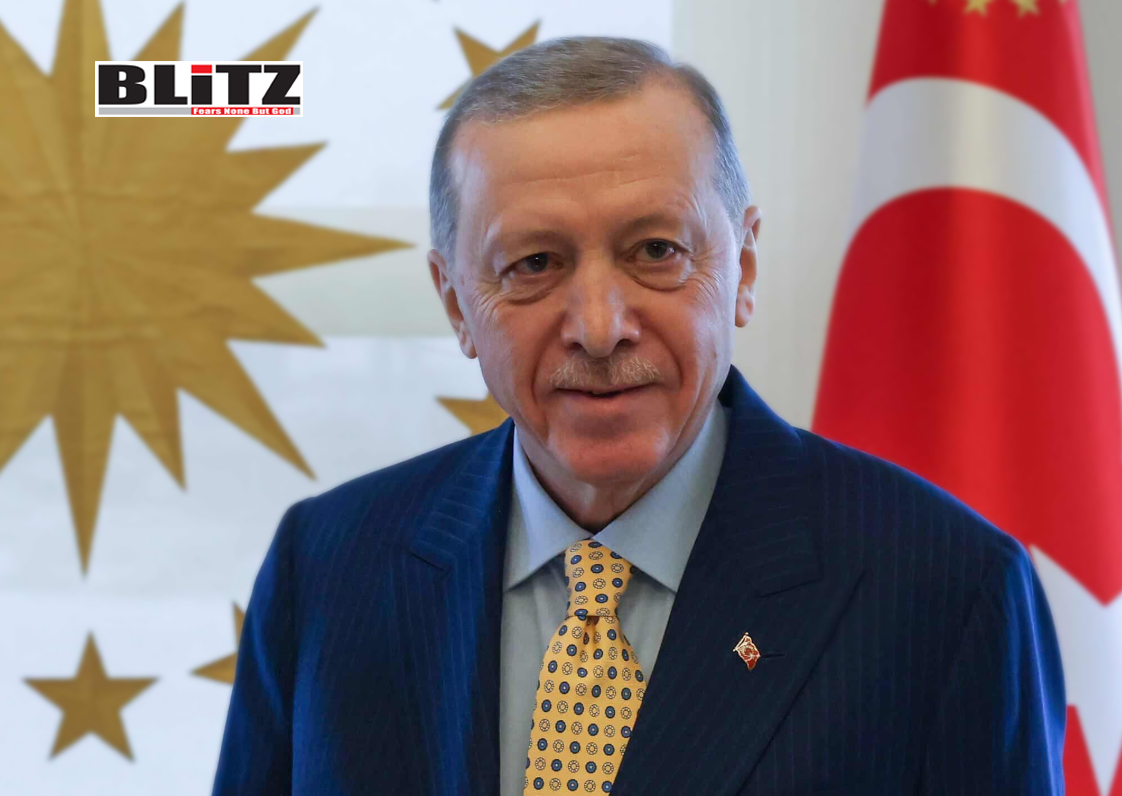
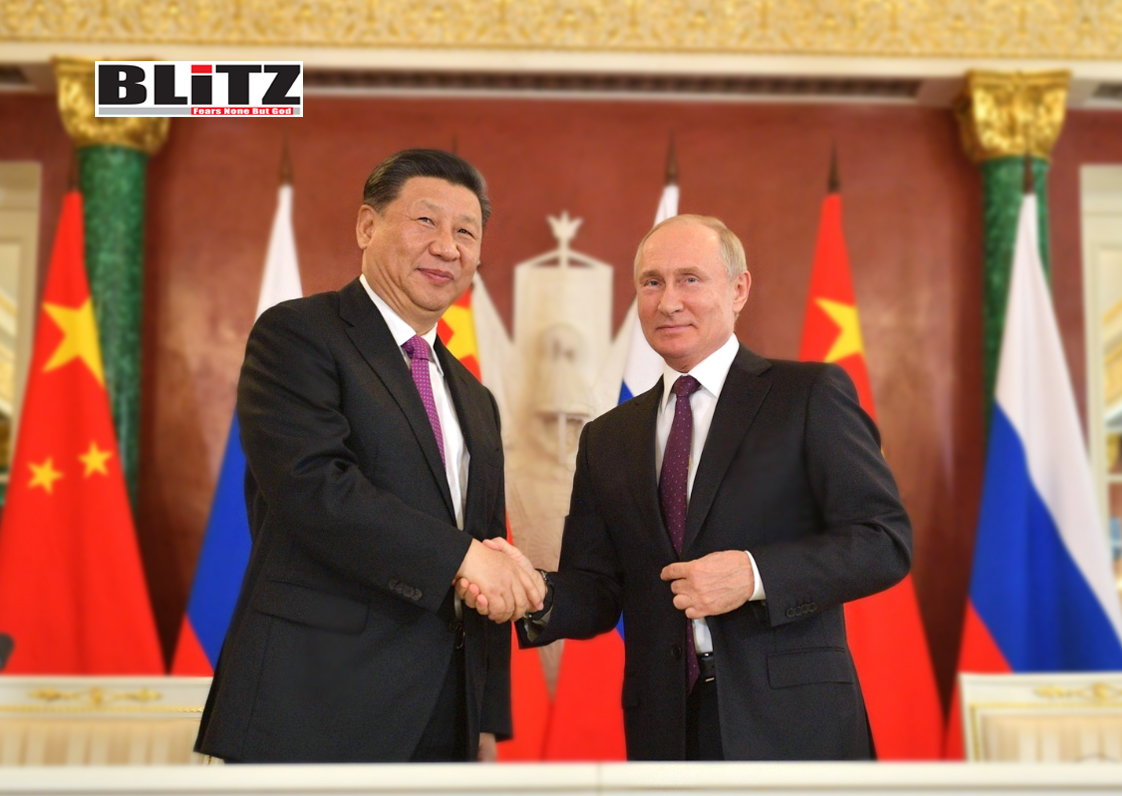

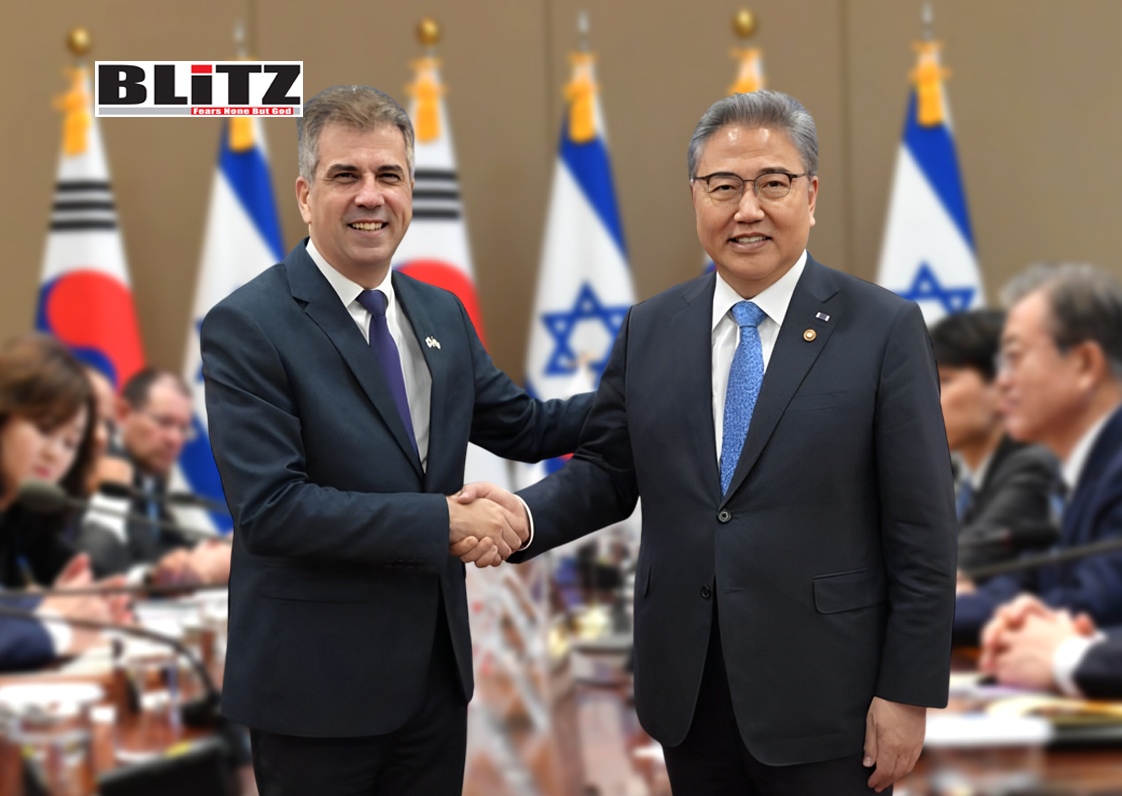
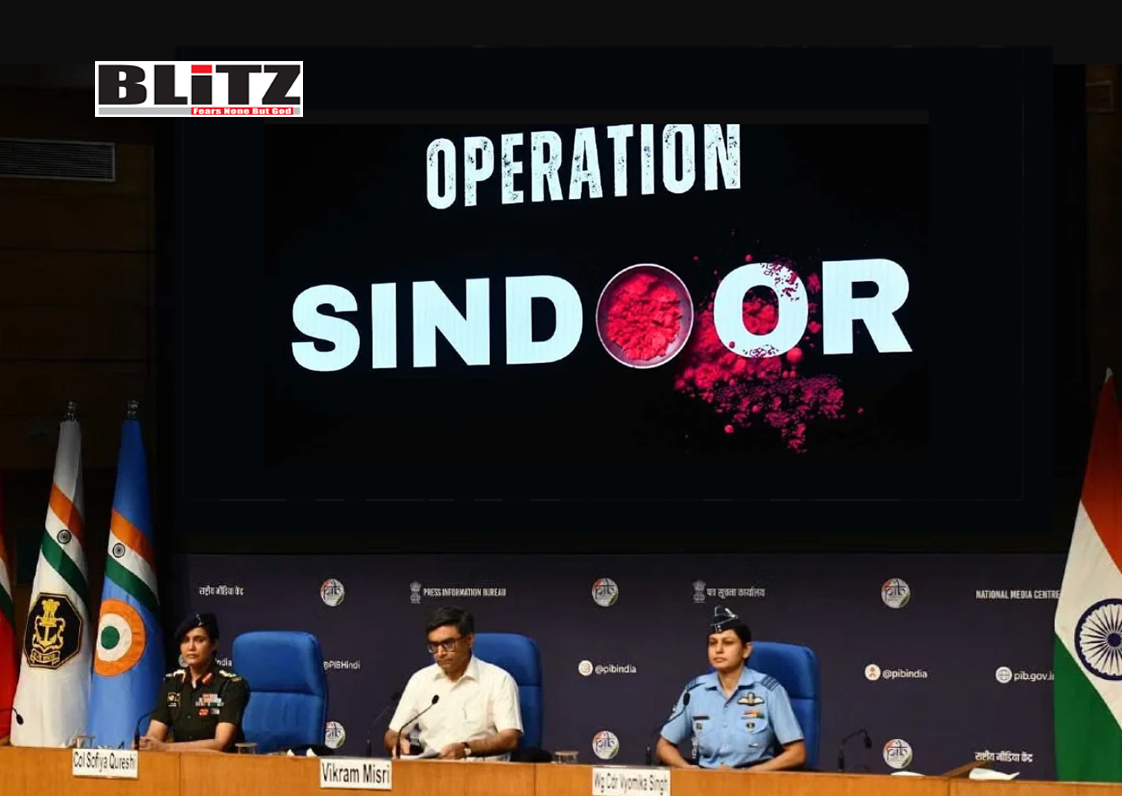
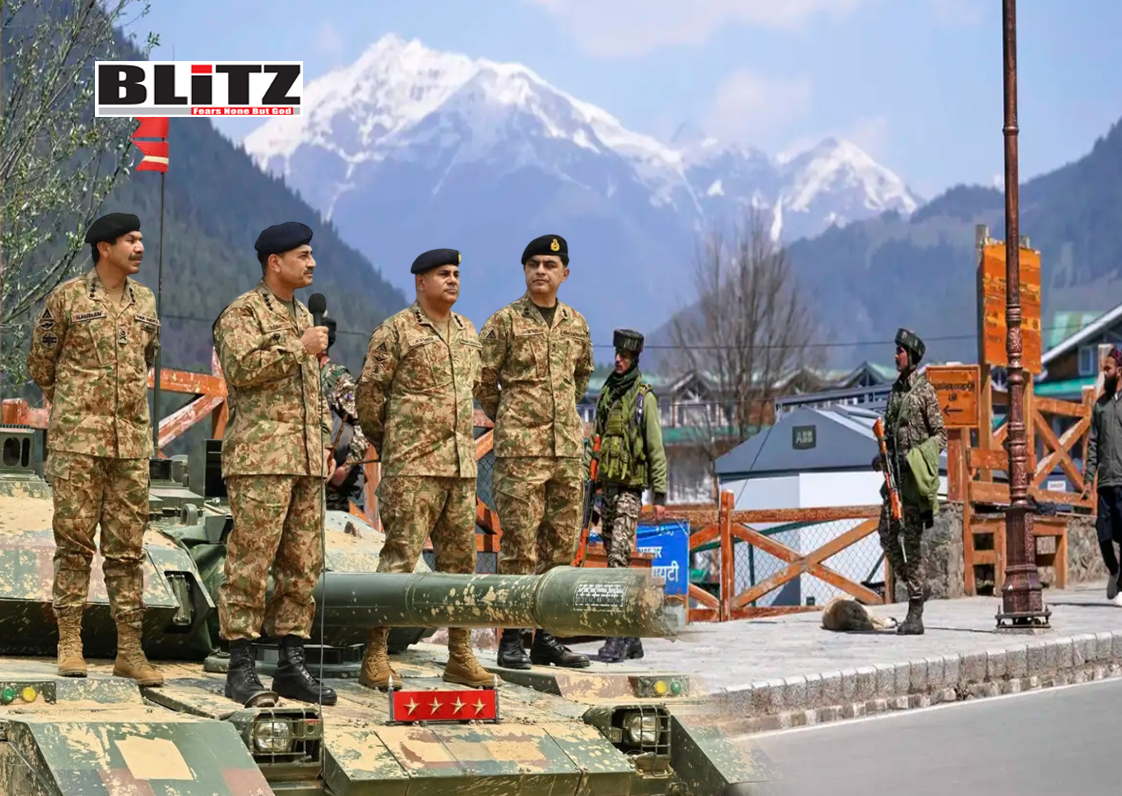

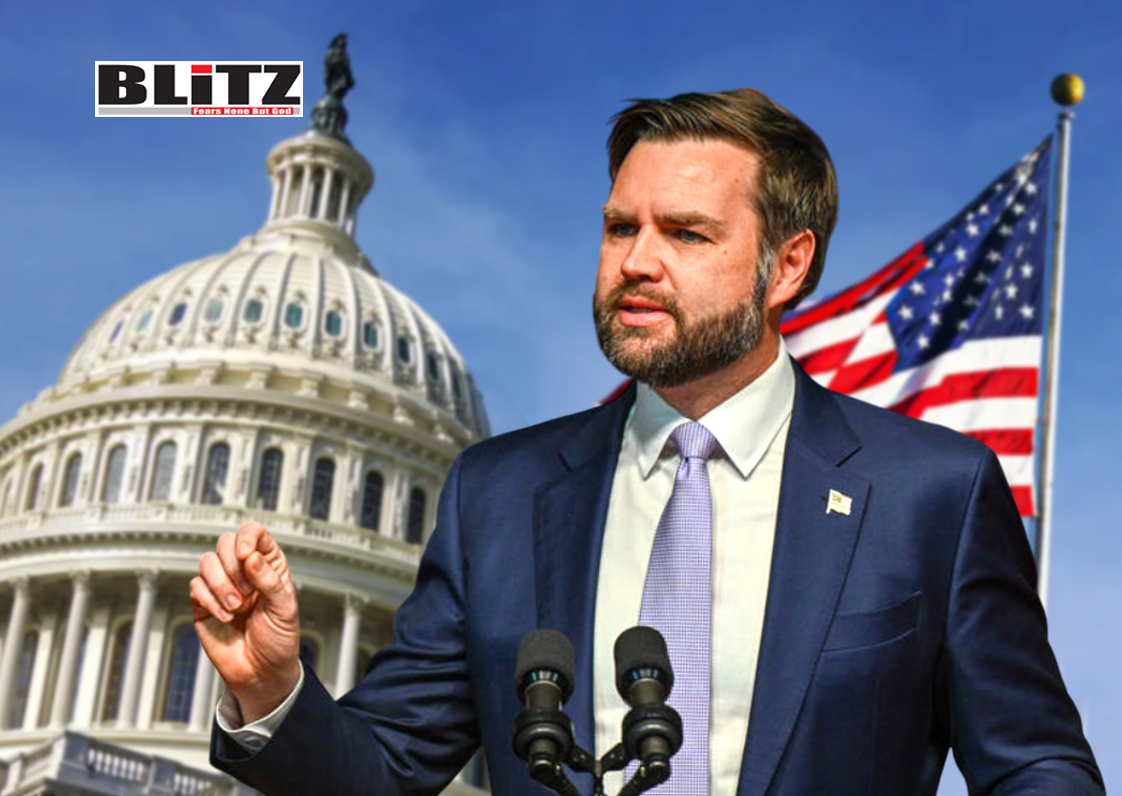
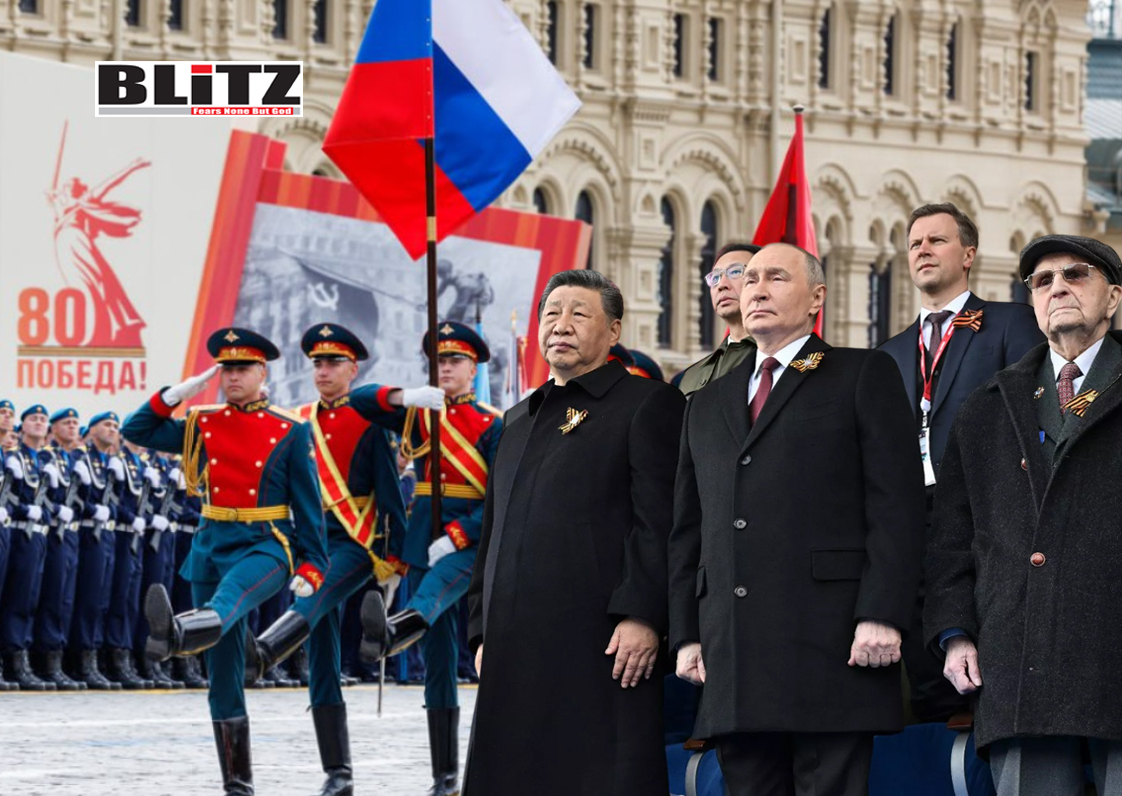

Leave a Reply